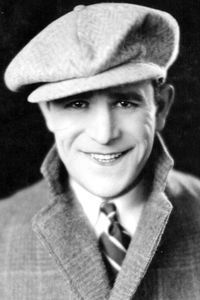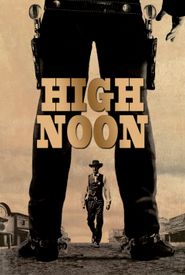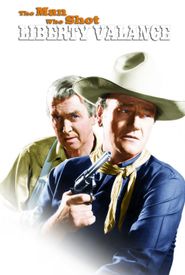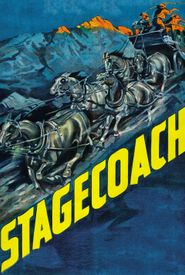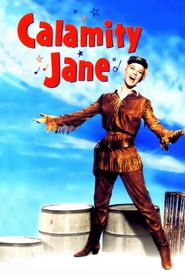Kenneth Stanhope Sanderson, better known as Cowboy actor Buddy Roosevelt, was born in Meeker, Colorado, in 1898. His parents were emigrants from England. At the age of 16, Kenneth got a job with the C.B. Irwin WIld West Show. When the show traveled to Southern California in 1914, he learned that stunt work in the burgeoning film industry paid much better and was safer than his previous job.
He soon got a job doing stunts in westerns for producer Thomas H. Ince at his Inceville studio and often performed as a stunt double for William S. Hart. When the US entered World War I, Roosevelt enlisted in the Navy and was aboard the USS Norfolk when it was sunk. He also contracted the Spanish flu during the 1918 influenza pandemic but managed to survive both the sinking and the flu.
After the war, he returned to Hollywood and went back to stunt work. He was the stunt double for Rudolph Valentino in The Sheik (1921) and later made Rough Ridin' (1924) for producer Lester F. Scott Jr., who changed his name to Buddy Roosevelt. Roosevelt went on to make 25 films for Scott, but the budgets continued to decline.
In 1928, Roosevelt left Scott for Rayart Pictures, but the films he made for that company weren't much of an improvement. He got a good role in a big picture, The Cisco Kid in In Old Arizona (1928),but broke his leg shortly before filming started and was replaced by Warner Baxter.
Roosevelt went back to making "B" and lower-grade horse operas, signing with cheapjack producer/director Jack Irwin for a trio of oaters that were barely released. He eventually signed with Victor Adamson for a series of extremely low-budget westerns, which gained a reputation for incoherence, ineptness, and cheapness.
These pictures finished Roosevelt's career as a "star", but he still remained active in the business, doing stunt work and appearing in small parts and bit roles until his retirement after making his last film, The Man Who Shot Liberty Valance (1962),in 1962. He died in his hometown of Meeker, Colorado, on October 6, 1973.
